I designed a board and added a JTAG interface to program the built-in ATmega32 16U via an Atmel-ICE. I have already measured the individual pins of the JTAG with a multimeter and there is also 4.5 V at the decisive pins. I connected the JTAG interface to the microcontroller using the data sheet of the Atmel-ICE as follows:
However, the programmer can't detect the ID of the controller, only the voltage of the pins.


